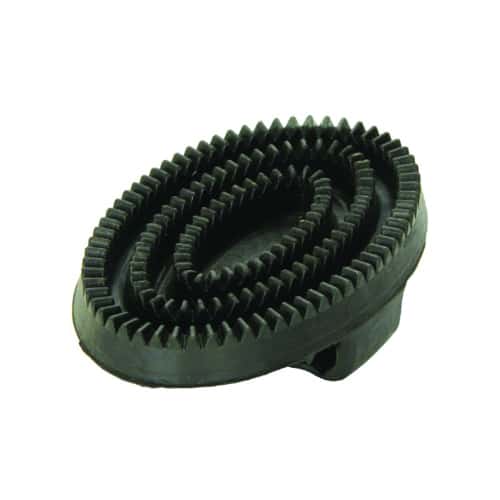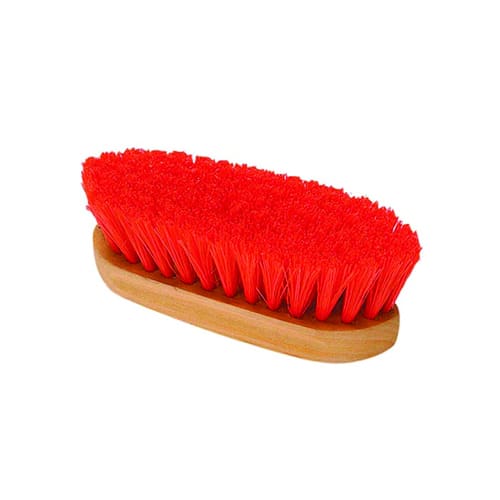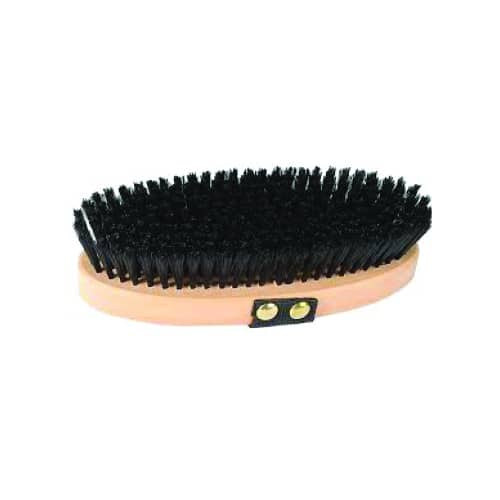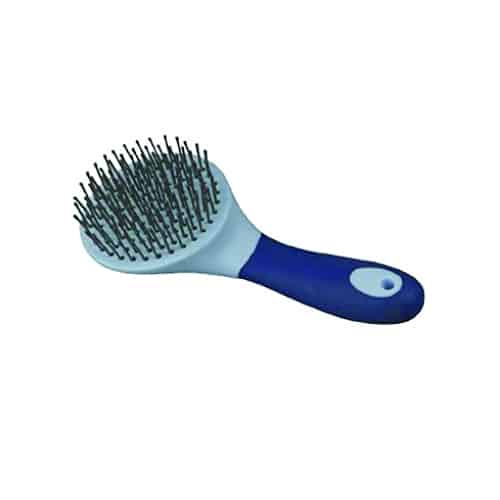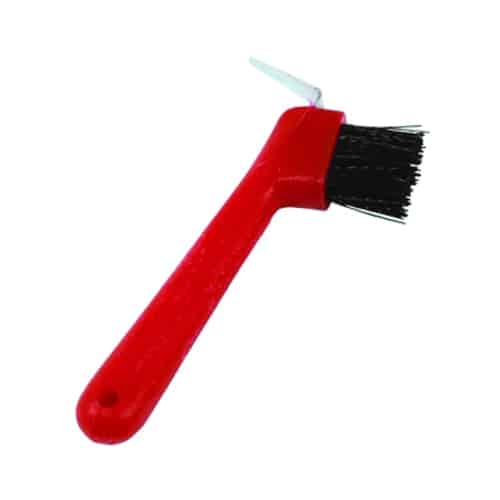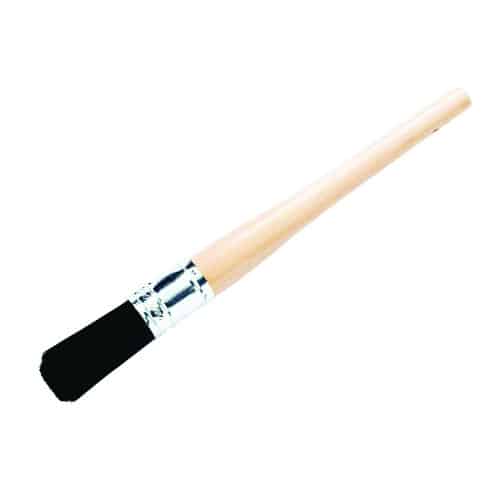Grooming The Performance Horse
Grooming the performance horse is a task all riders take on a daily or weekly basis. It is an important component of your competition preparations, but have you ever thought of the other benefits besides just presentation?
Horses living in the wild have a natural pecking order within their herd. Similarly, domestic horses sharing a paddock will often show herd-like behaviour, with one or two horses displaying dominant behaviour. Bonds are formed within the herd between pairs of horses. One of the most common social behaviours between bonding horses is mutual grooming. Mutual grooming is expressed by the lateral body position of two horses allowing for nibbling along the back and withers of each horse.
Even without a companion, horses will seek to groom themselves. If you observe a horse in the paddock you might find them rubbing up against a tree or rolling on their backs. They do this because it feels good.
We can assist with this ‘feel good’ process by implementing grooming before and after riding. Grooming before your ride ensures the removal of any debris that may cause irritation or discomfort once the horse is saddled. Grooming after your ride helps to remove sweat that may have accumulated during exercise. Daily grooming also gives us a chance to detect and monitor any injuries or health problems.
There are a number of different tools that we can use to groom the performance horse. This allows you to pick and choose what works for you and your horse. Below is a list of the basic equipment available and what they are used for.
|
Type of Grooming Equipment |
What is it used for? |
|
Rubber Curry Comb
|
Penetrates through the horses coat and lifts dirt and dead skin cells to the top of the coat. Use the curry comb in small, circular motions. |
| Dandy Brush
|
Use this stiff bristle brush to remove the dirt raised to the surface from the curry comb. Use the dandy brush in short, quick flicks and avoid using on face and below knees. |
| Body Brush
|
Use this soft bristled brush to smooth the coat and bring natural oils to the surface. Use long, sweeping strokes over the entire body. |
| Mane and Tail Comb
|
Use either a plastic or metal comb to de-tangle the mane and tail. Work through small sections of the mane and tail to avoid pulling out more hair than desired. Use soft, downward strokes. |
| Hoof Pick
|
This tool is used to remove dirt and debris lodged in the hooves, particularly in the grooves either side of the frog. This tool should be used on a regular basis. |
| Hoof Oil Brush
|
Is used to paint on oils or blac-it enamel. Use long strokes to paint the hoof wall and sole. |
| Sweat/Water Scraper
|
Is used to remove excess sweat after a workout or excess water after a bath. It is essential to remove excess water to allow the horse to thermoregulate. If excess water/sweat remains on the horse’s skin, it can trap the heat (and extreme cases start to boil) and the horse is unable to cool itself. The sweat scraper is used along the horse’s body as the hair lies. It is not used on the head or neck. |
On show day, first impressions count! Here are a few tips and tricks that can help you make your horse look great:
- Keep your horse well groomed at home. Daily grooming prevents infections and improved the health and appearance of the coat and skin. It will also make it a little easier on show day.
- Adding oil to your horse’s diet adds shine to your horse’s coat. Ranvet’s Grand Prix Oil is ideal for show preparation as it enhances coat shine, is highly palatable and may provide beneficial anti-inflammatory effects.
- Give your horses a thorough warm bath the day prior to the show. This will take some stress out of show day, but also allows the natural oils to return to the coat overnight. Putting a rug on your horse overnight is a good idea to ensure all your hard work is not ruined!
- Trim the mane and tail once they are just dry. Try and get someone to hold your horses tail to the angle he/she carries it as it always looks shorter when its moving. Different lengths are appropriate for different disciplines, just above the fetlocks for dressage and mid-cannon height for jumpers and hunters.
- Quarter marks may seem very complicated but practice is all you need to get them right. Using a quarter mark comb, some water and horse coat gloss, practice leading up to the show how you would like them so you are prepared for competition day.
While most grooming and preparation for competition is perfected on the day and the days leading up to the show, it is important to remember that the key to a healthy shiny coat is through a well-balanced diet. Presenting your horse with a healthy topline and glowing coat is not something that can be achieved overnight. Ranvet Nutritionists can review your horse’s diet to ensure they are provided with adequate nutrients allowing them to look their best on show day. Click here to complete our online diet evaluation form.
Experts in Equine Nutrition
Every product in the Ranvet range has been developed to meet a horse’s most specific need at any given time, be it in a training environment or on a breeding farm. Having pioneered the formulation of specific medications and dietary supplements for horses, the company is now recognised as a leader in the areas of equine health and nutrition.

